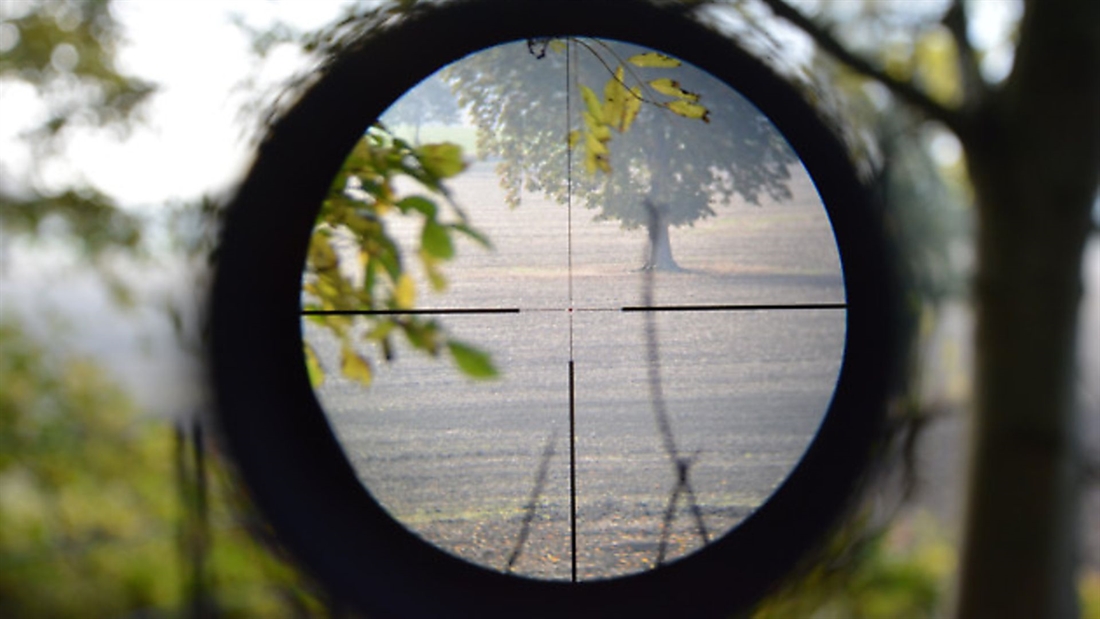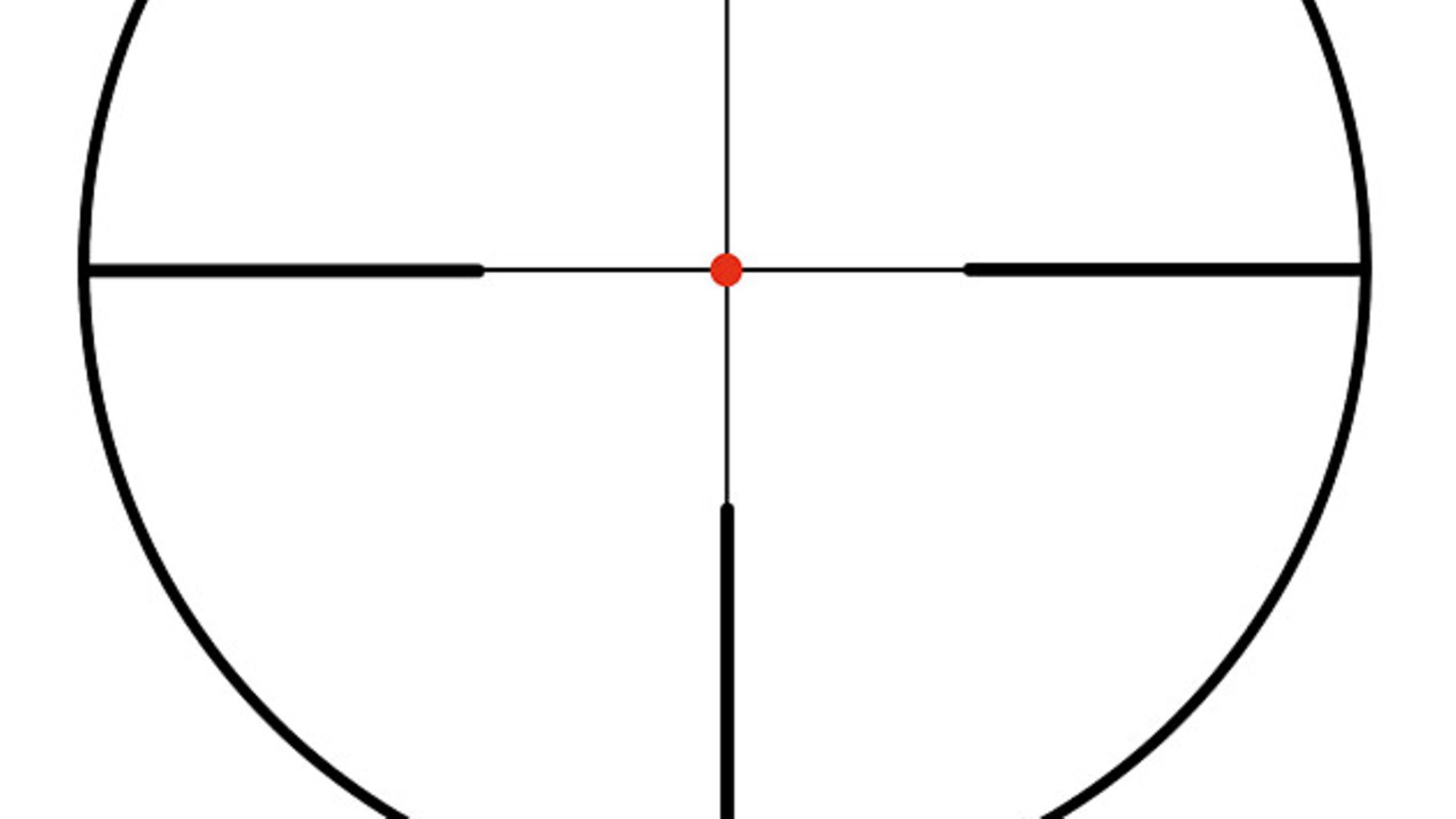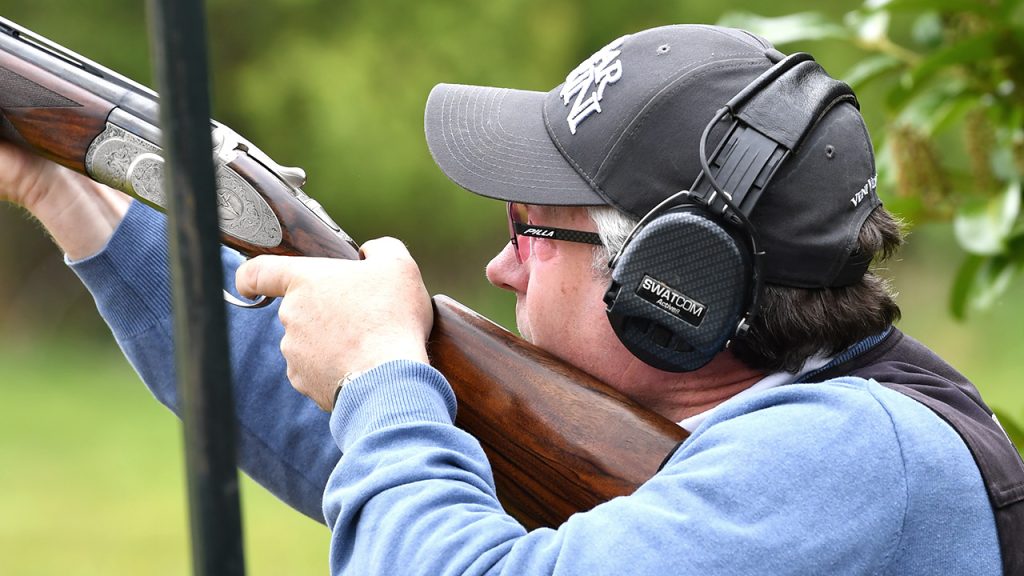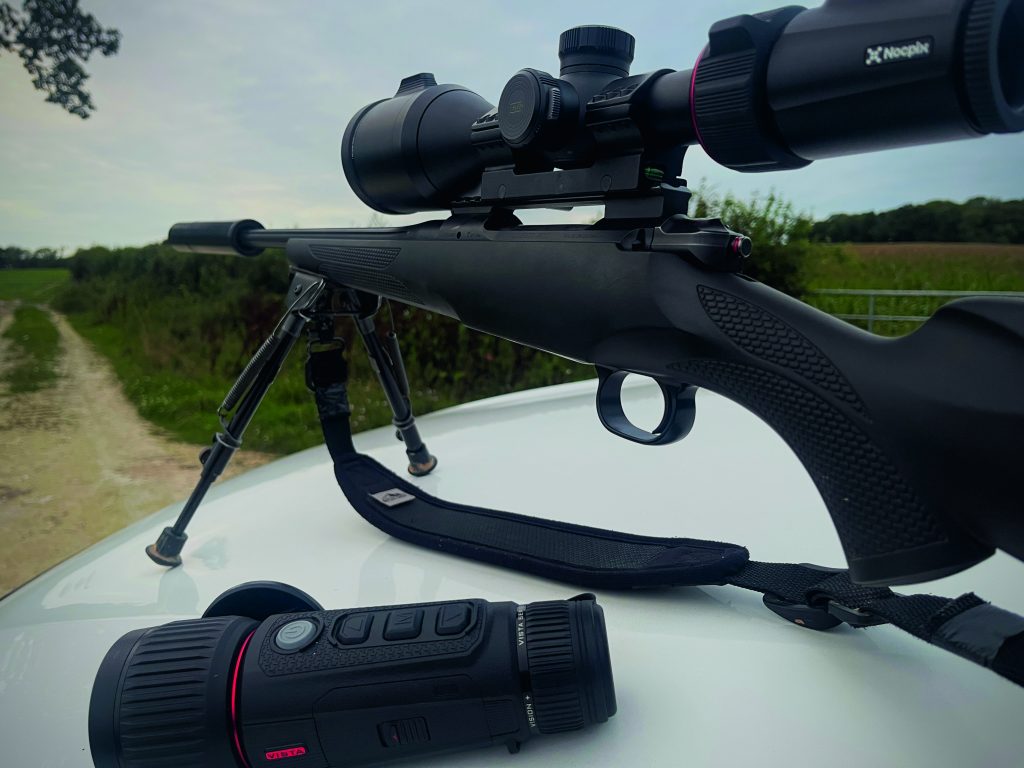MINOX ZX51 3-15X50 SF riflescope – product test and review

Chris Parkin puts the MINOX ZX51 3-15X50 SF riflescope to the test in this in depth review
For
* A very good looking optic from all angles with excellent manufacturing details
* Great reticle and image quality, no detail left unaddressed
* Good value for money
Against
* Please make the mathematics easier – 10 ½ M.O.A. or 42 clicks just seems odd
Verdict
I first looked through a Minox 10 years ago and wasn’t really very impressed. Now, I tend to look through them and see a company making the right moves at the right prices with some great products, never overtly showy but with great depth in actual ability
Minox ZX5i 3-15×50 SF
Field of view low power – 11.9 / 100 m
Field of view high power – 2.6 / 100 m
Diopter adjustment – -3/2.5 dioptre.
Eye relief – ~100 mm
Exit pupil low power – 11.4 mm
Exit pupil high power – 3.7 mm
Elevation travel – ? 1/4 MOA
Windage travel – ? 1/4 MOA
MOA per click – 7.5 mm / 100m
Total travel – ± 38 MOA
Parallax compensation – 50m to ? m
Length – 372 mm
Weight ZX5 / ZX5i – 745 / 770 g
Tube diameter – 30 mm
Position of reticle – 2nd focal plane
Available reticles – PLEX, BDC, #4
Reticle illumination (ZX5i) – Auto Off after 3h, 11 stepless levels
RRP: £719.99
Contact
MINOX, 01494 481004
Minox’s ZX line is the company’s latest range of riflescopes for the sporting shooter. The whole line hopes to combine the best of German design and assembly with components sourced at equally high-quality specification, from markets away from the optical kingdom that is Wetzlar.
Overall design and first view of the scope shows that no shortcuts have been made when it comes to external tube quality and finish; the hard-anodised aluminium is a solid matt black with no colour distortion and minimal reflectivity, yet there is a silky gleam deep down. The texture is smooth enough so as not to pick up endless amounts of lint and skin particles from your hands, so always remained looking very smart. The 56mm objective lens is recessed over 20mm into the body for extra protection and glare in the sunlight. Unsurprisingly, the one-piece tube is 30mm in diameter, with a modest spherical saddle supporting elevation and windage turrets to the top and right, and a parallax (SF) to the left with the intensity control for illumination within it. I like this layout as it allows far more versatility at the rear ocular end of the scope for possible addition of night vision accessories or lens caps. I also find that illumination modules on the top of the ocular body snag on the brim of my hat, which I like to pull down so that it is quite close to the tube to prevent bright sunlight distracting me. Parallax/focus runs from 50m to infinity and gives a good, sharp focus when adjusted, without slop or backlash. I particularly like the knurling as it is minimal yet easily gripped. On a sporting riflescope I will happily leave it at 100-150m for 90% of the time, with magnification set on 6x or 8x for immediate usability; I will only seek a more specific set-up when taking shots at high magnification at longer range. Parallax adjustability is also advantageous for rear-mounted night vision systems as it enables more picture detail when you have the chance to tweak all the settings.
Illumination control turns seamlessly from zero to the legendary 11, but will shut off automatically after three hours, and extinguishes when the rifle is laid vertically or on its side. Previous intensity setting re-illuminates as soon as the rifle is moved. Varta CR2032 batteries are supplied and fit beneath the slotted end cap. Mechanical adjusters for windage and elevation sit below aluminium caps and work on ¼ MOA increments, with anticlockwise for ‘up’ and ‘right’. The clicks are positive and well defined, but are slightly annoying; with 42 of them for each rotation, it leaves an awkward 10½ MOA factor to add together for those wishing to compute dialling solutions. This is a hunting scope, not a long-range precision design, but still – why make things complicated? There is also a trade-off between physical space on a dial internally, to incorporate the ball bearing detents for each ‘click’, and 40 here (two fewer) would have been perfect. Central screws allow each knurled finger-adjustable dial to be lifted off and returned to indicate zero and, ‘42’ aside, these are simple and straightforward turrets to use that many other manufacturers could learn a lesson from. Magnification control also shows pleasing design simplicity, with smoothly applied yet distinctly un-dainty knurling, controlled with gloves on or without. It turns smoothly, doesn’t require a death grip to move, and shows a small vertical ‘wing’ at 12 o’clock when set at 6x magnification, allowing for tactile set-up without looking. A fast-focus eyepiece at the rear of the tube goes that little bit extra (from -3 to 2.5 dioptre), which my ageing eyes seem to appreciate but, once set, it never needed further tweaking. It is unobtrusive with equal diameter to the ocular body, causing no problem for any over-fit accessories. Elasticated lens caps are supplied for lens protection.
The German #4 reticle in the second focal plane is a sporting delight. The central dot illuminates for ease of visibility, ranging from hardly noticeable to bright even in daylight, but never dazzles or looks anything but perfectly circular with no colour bleeding. It hovers in the centre of the external thick/thin posts, extending at three, six and nine o’clock, and is fine enough to quarter smaller vermin yet distinct and easy to find if foliage interrupts on larger game. I have said many times before that this is my preferred reticle design, regardless of manufacturer, and Minox has delivered it with utter sharpness and definition; plus, that seamlessly variable dot intensity worked incredibly well with an add-on NV unit at the rear. Image quality was excellent with good colour definition and crisp focus all the way to the edges of the field of view. The eye box was extensive enough around the specified 100mm eye relief to remain versatile, regardless of prone or standing shots and the relative adjustments to your head’s location. Minimal saddle size and ocular length mean you retain plenty of free tube space to mount the scope, whose durable anodised coatings have shrugged off all nasties so far. I could wax lyrical about coatings, gas purging and various other trade secrets Minox could claim to be offering, but all would be hollow. What I would suggest is having a closer look at this brand as their products continue to impress me, with realistically modest designs concealing some great features, mechanics and optics. It is a shame they chose ‘42’, but nobody is perfect!
Related Articles
Get the latest news delivered direct to your door
Subscribe to Rifle Shooter
Elevate your shooting experience with a subscription to Rifle Shooter magazine, the UK’s premier publication for dedicated rifle enthusiasts.
Whether you’re a seasoned shot or new to the sport, Rifle Shooter delivers expert insights, in-depth gear reviews and invaluable techniques to enhance your skills. Each bi-monthly issue brings you the latest in deer stalking, foxing, long-range shooting, and international hunting adventures, all crafted by leading experts from Britain and around the world.
By subscribing, you’ll not only save on the retail price but also gain exclusive access to £2 million Public Liability Insurance, covering recreational and professional use of shotguns, rifles, and airguns.
Don’t miss out on the opportunity to join a community of passionate shooters and stay at the forefront of rifle technology and technique.






